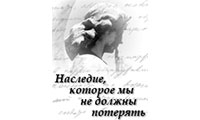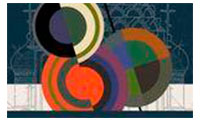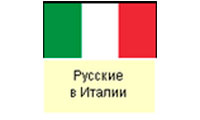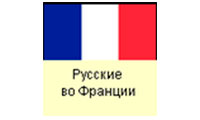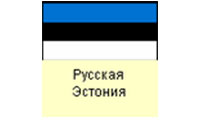Alexander Petrov
Alexander Petrov (23rd of December 1874, Voronezh Governorate, Russian Empire – 17th of April 1956, Valmiera, Latvian SSR) – a painter, a landscape painter.
Alexander Petrov was born in the town of Novokhopyorsk, Voronezh governorate, in the family of an accountant and a village teacher. In 1894 he finished the main course (6 forms) of the Voronezh Real School, and in 1902 finished a private drawing and painting studio of academician Dimitriev-Kavkazsky in Saint-Petersburg. During the same year he was practicing etudes in Yalta together with Latvian artist Teodors Ūders, and a little later went to Italy in order to continue his education. There he lived in the family of a Russian officer as a tutor, while dedicating all of his spare time to practicing art. When in 1903 the officer was withdrawn to Russia, Petrov returned to Yalta, from where he was conscripted as a reserve praporshchik to participate in the Russian-Japanese War. After being dismissed in 1905 he went to Munich, however, due to the lack of financial resources was forced to return to Voronezh. In 1907, following the advice of Ūders, Petrov moved to Valmiera, where he remained for the rest of his life.
In 1907-1908 he fulfilled his first order - the curtain of the house of Latvian Social Meetings in Valmiera. In 1909 Alexander Petrov with six or eight of his works, for the first time participated in the Recurring Exhibition in Yekaterinodar (since 1920 - Krasnodar). Since than he started participating in this event permanently till 1914. In 1910-1914 A. Petrov had been exhibiting his works on the "Spring Exhibitions" in Saint-Petersburg. In 1913 Petrov participated with his works in the "Exhibition of Latvian Artists" in Riga.
In 1911 Alexander Petrov married Zelma Leimane (died in 1933), the sister of T. Ūders. They had two sons. The oldest son Edgar (later he changed his surname into Piesaule), during the World War II was sent to Germany as an electrical engineer, never to return again. The youngest son Ilgvars, a student of Latvian Academy of Arts, during the war was evacuated to the Soviet rear and fell in 1942 in a battle by Staraya Russa. In 1947 Alexander Petrov married Ella Mauriņa, the head of grip department of Valmiera Theatre.
In 1914 Petrov was mobilized into the Russian Imperial Army, but soon after got into German captivity. As a prisoner of war he was contained in an officer POW camp, where he had an opportunity to continue drawing. After returning from the captivity in 1918, Alexander Petrov was mobilized into the Red Army, but after a year, due to his age, was dismissed and reunited with his family in Latvia.
In 1920 Petrov beame a member of the Society of Independent Artists. He participated in all exhibitions of this organization untill Soviet authorities closed it in 1940. In 1921-1937 he taught drawing and plotting in the gymnasium and the School of Commerce in Valmiera. In 1938 he retired, but continued to draw.
He became a member of the Union of Artists of Latvian SSR in 1946.
On 3rd of January 1954 Patrov was awarded with the order "Badge of Honour".
Alexander Petrov died on 17th of April 1956 and was buried in Valmiera.
Alexander Malnach
Photo: ЛГА, ф. 230, оп. 3, д. 47.







